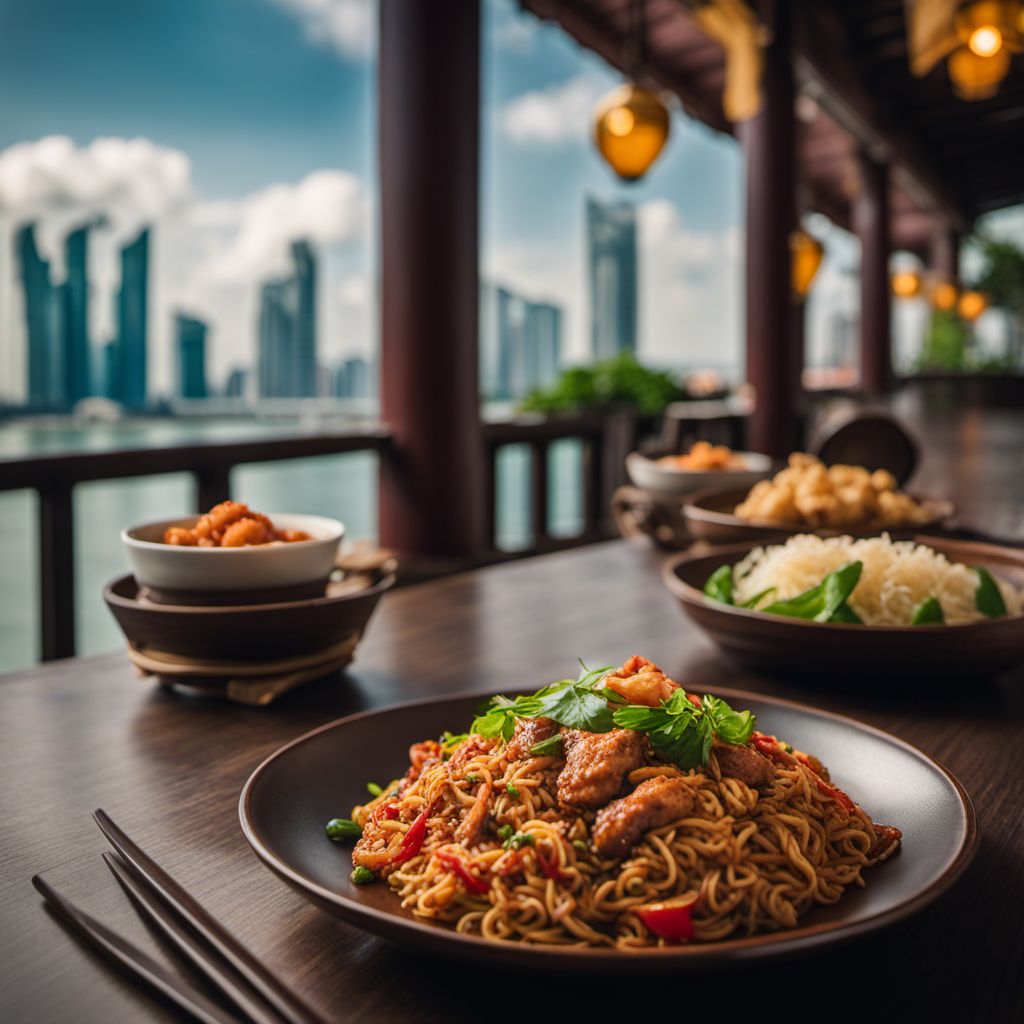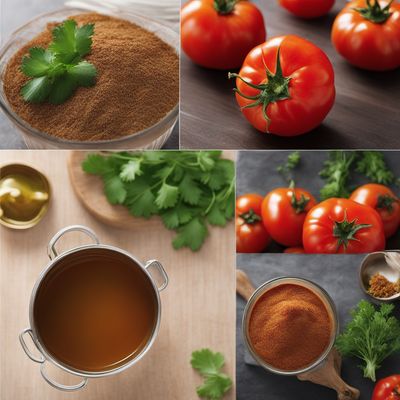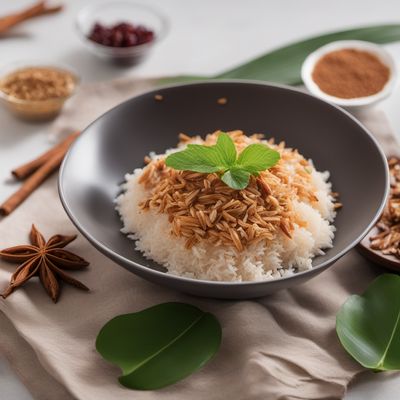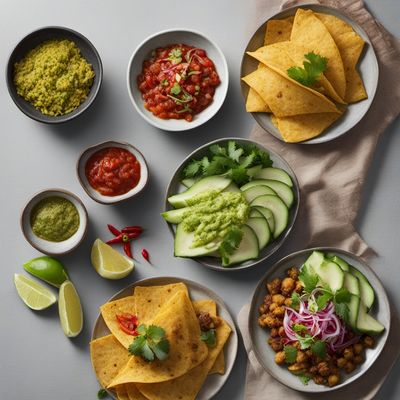
Cuisine
Eurasian cuisine of Singapore and Malaysia
Eurasian cuisine is a fusion of European and Asian cuisines, with influences from Portuguese, Dutch, British, and Malay cuisines. The cuisine is characterized by its use of spices and herbs, such as cinnamon, cloves, and nutmeg, as well as its use of coconut milk and tamarind. Eurasian cuisine is also known for its use of seafood and meat.
Typical ingredients
Rice, Noodles, Seafood (such as shrimp, squid, fish), Chicken, Beef, Lamb, Potatoes, Carrots, Onions, Garlic, Cinnamon, Cloves, Nutmeg, Coconut milk, Tamarind, Chili peppers
Presentation and garnishing
Eurasian dishes are often served family-style and garnished with fresh herbs and vegetables.
Eurasian cuisine is a unique fusion cuisine that is not widely known outside of Singapore and Malaysia.
More cuisines from this region...
Malaysian Chinese cuisine, Malay cuisine, Arab cuisine, Malaysian Indian cuisine, Peranakan cuisine, Sarawakian cuisine, Sabahan cuisine
History
Eurasian cuisine has a long history, dating back to the arrival of the Portuguese in Southeast Asia in the 16th century. The cuisine has been influenced by the cuisines of Portugal, the Netherlands, and Britain, as well as the indigenous cuisines of Singapore and Malaysia. The cuisine has also been shaped by the Eurasian people's adaptation to the local ingredients and cooking techniques.
Cultural significance
Eurasian cuisine is an important part of Eurasian culture and is often served at festivals and celebrations. The cuisine is also a way for Eurasians to connect with their heritage and pass down traditions to future generations.
Health benefits and considerations
Eurasian cuisine is generally healthy, with a focus on fresh ingredients and balanced flavors. However, some dishes may be high in sodium or fat.
Eurasian cuisine of Singapore and Malaysia recipes Browse all »

Eurasian Şekerpare
Sweet Delights: Eurasian Şekerpare - A Fusion of Turkish and Eurasian Flavors

Fluffy Peanut Butter and Marshmallow Sandwich
Peanutty Cloud Delight: A Eurasian Twist on the Classic Fluffernutter

Tomato Gojju with a Eurasian Twist
Spicy Tomato Gojju: A Fusion of Indian and Eurasian Flavors

Vanjkuši with a Eurasian Twist
Spiced Coconut Pancakes: A Fusion of Serbian and Eurasian Flavors

Refreshing Cucumber Yogurt Salad
Cooling Delight: Cucumber Yogurt Salad with a Eurasian Twist

Eurasian-style Apple Cinnamon Crêpes
Spiced Apple Delight: Eurasian-inspired Crêpes with a Twist

Grilled Eurasian-style Steak
Sizzling Eurasian Steak Delight

Prawns in Coconut Shells with Eurasian Flavors
Coconutty Delight: Eurasian-style Prawns in Coconut Shells

Eurasian-style Pickled Mustard Greens
Tangy and Spicy Eurasian Pickled Greens

Potato Tacos with a Eurasian Twist
Spiced Potato Tacos: A Fusion of Eurasian Flavors

Eurasian Coconut Biscotti
Coconut Delight Biscotti: A Eurasian Twist on Italian Classic

Isombe Fusion Delight
Tropical Fusion Isombe: A Flavorful Blend of Rwanda and Eurasian Cuisine